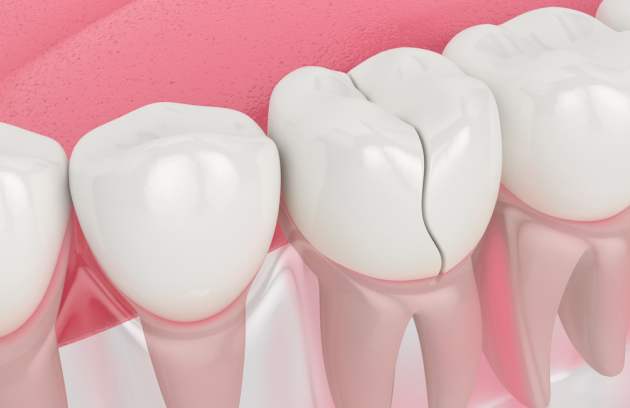
Understanding Dental Root Fractures
Each layer of the tooth plays an important role in keeping your mouth healthy and happy. Whether it be from injury or general wear and tear, a dental root fracture can cause discomfort and pain. The sooner your tooth receives treatment, the better the outcome will be.
If you suspect that you have a fractured tooth, do not hesitate to protect your oral health. Our team at Gresham Advanced Dentistry in Gresham and the surrounding area can help. Contact us at (503) 661-2828 to learn more about our services or schedule an appointment.
Layers of the Teeth
The teeth consist of the enamel, dentin, and pulp. Enamel is the outer layer, which protects the inner layers of the tooth. The second layer is called the dentin, and it consists of tubules that act as a buffer between the enamel and the tooth’s innermost layer. The pulp is the last layer of the tooth and contains nerves and blood vessels that keep each tooth alive.
Proper maintenance of teeth is essential for protecting the different teeth layers. Even minor untreated fractures can result in severe issues. A tooth fracture will damage the enamel and cause the other layers of the teeth to become increasingly susceptible to harm. Patients with a fractured tooth should contact us as quickly as possible to protect their oral health.
" The teeth consist of the enamel, dentin, and pulp."
Types of Dental Root Fractures
A tooth fracture occurs when there is a break in the hard shell of a tooth. Although the enamel acts as a shield against disease and bacteria, a fracture can compromise this protective layer. If a crack is deep enough, germs can penetrate the pulp cavity and cause an infection.
There are several types of dental root fractures, including:
- Oblique subgingival fractures
- Oblique supragingival fractures
- Oblique root fractures
- Vertical apical fractures
- Vertical furcation fractures
- Vertical root fractures







